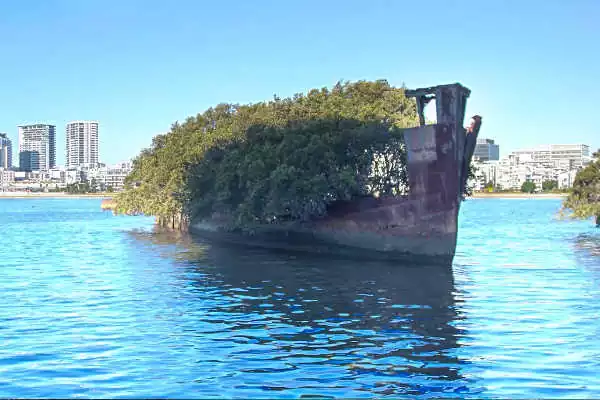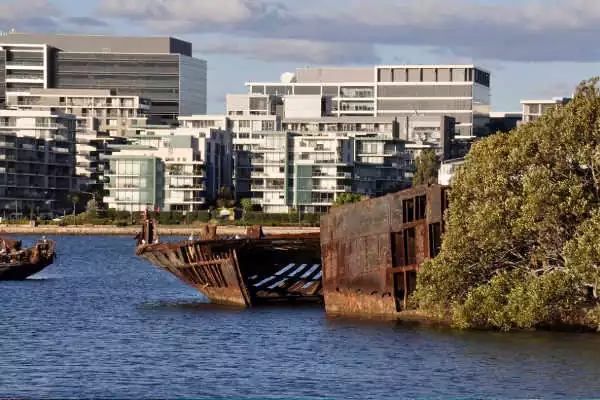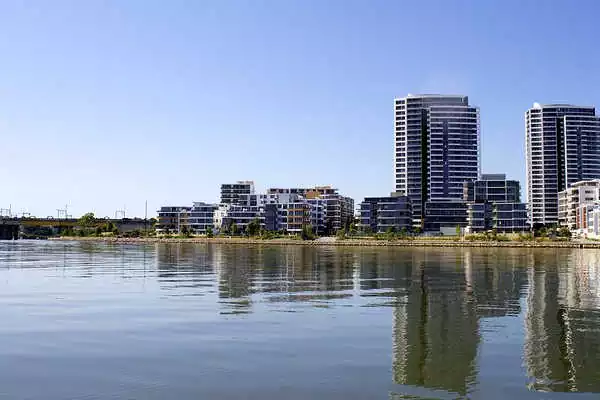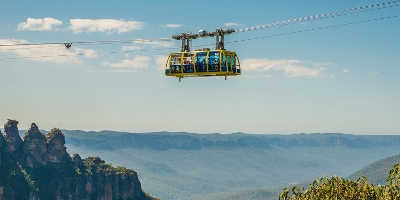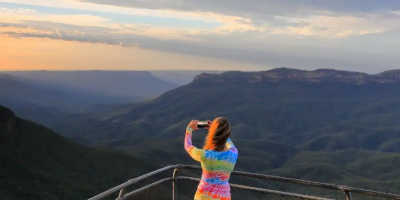Homebush Bay
Sydney, New South Wales 2127
Set on the picturesque south bank of the Parramatta River in Sydney, New South Wales, Homebush Bay sprawls out in an artificial but beautiful shoreline.
Formerly an official suburb of Sydney, it now encompasses the suburbs of Sydney Olympic Park, Wentworth Point, and Lidcombe. Located just 16km from Sydney’s Central Business District, it offers a scenic change from city life.
Indigenous Origins and History of Homebush Bay
Home to the Sydney Olympic Park, the land that Homebush Bay resides on has been the permanent home to the Wann Clan for thousand of years. Part of the Darug language group, the Wann Clan, known as the Wann-gal, are known to have lived in this region by the artefacts that were found here. Middens – areas where shellfish would have been eaten- were found around the area as well as stone artefacts.
The History of Homebush Bay after European settlement
Founded back in the 1800s by D’arcy Wentworth, an assistant surgeon, the bay got its name thanks to Wentworth naming it his “home in the bush”.
During the 20th Century, the Bay was an important part of Australia’s industrial emergence and saw large scale land reclamations in order to make space for industrial facilities. Afterwards, when operations lessened over time, Homebush Bay emerged as a dumping ground for unused and unwanted materials, including waste from the industrial sites, parts of ships and, more controversially, toxic waste.
Over time the area became dilapidated, but in the 1980s a drive began to regenerate Homebush Bay. Bicentennial Park was constructed and a programme was put in place to rejuvenate the mangrove and saltmarshes that characterised the region before the industrial revolution took place.
But Homebush Bay is perhaps most famous for its hosting of the 2000 Sydney Olympics. It was on the renovated lands of Homebush Bay that the Sydney Olympic Park was erected, encouraging regrowth of the area and its surroundings. All around, pockets of residential and commercial developments popped up, including a huge, popular shopping centre.
Homebush Bay Shipwrecks
The bay has become somewhat of a shipwreck graveyard, where boats that have been decommissioned end up at their final resting place. In Homebush Bay, you can see the remains of at least four ships that have been transported to Homebush Bay. Over time, they have become a victim to nature, rusting away slowly in the waters. Some of the hulls and barges that can be seen are the SS Ayrfield, the SS Heroic and the HMAS Karangi. Protected under multiple Heritage Acts, here are the back stories of some of the most well-known hulls and barges visible to the naked eye.
-
SS Ayrfield
Initially a cargo ship, the SS Ayrfield survived World War II transporting coal, oil and war supplies among many other items. After the ship was decommissioned, it was left in Homebush Bay, where it’s been taken over by nature. It’s become the most photographed hull in the bay as a result of the forest that has grown from the inside of the wreck, showing off the beauty of the untamed wilderness of Mother Nature.
-
SS Heroic
This steamboat has had a long history serving for the British Admiralty during World War I. The ship was returned to Homebush Bay after it’s years as a working tugboat during World War II. It was paramount in rescues off the Sicily isles, rescuing ships that had been torpedoed. In 1973, it was purchased by a private owner who had intended to put use to the ship, however for whatever reason, has now ended up in the bay where it stands today. The ship is now an integral element to the landscape of the bay.
-
HMAS Karangi
After 16 years of service and a travelled distance of over 115,000 kilometres, the HMAS Karangi has been abandoned in Homebush Bay for many years. Originally a boom defence vessel, the HMAS Karangi served in Darwin during the 1942 bombing by Japanese air strikers. After surviving World War II, the vessel was used to carry out various duties until it was disposed of in 1964.
Points of Interest
-
Bicentennial Park
Situated on the southern shore of Homebush Bay, this park is made up of rejuvenated mangrove wetland and boasts picturesque views. With over 40 hectares of grassland to explore, you can easily make a picnic day out of it! There is a sculptures to see, birdwatching to do and plenty of cycling trails to keep each member of the family happy.
-
Sydney Olympic Park
The area’s most popular attraction covers 640 hectares to the south west of the Bay. Since the close of the 2000 Olympics, the area has seen much development. Office blocks and stylish apartments have been built in the centre of the park, whilst residential hotspots have emerged in Newington, The Waterfront, and Mariners Cove.
-
The Sydney Showground
Moved from Moore Park in 1998 for the Olympics, the showground was heavily used throughout the games. It’s now used for major events and concerts, and it’s the home of the Sydney Royal Easter Show, a traditional Australian event that began in 1823.
-
Rhodes Shopping Centre
Set on the eastern shore of the Bay, the Rhodes Shopping Centre was constructed to keep up with the developmental demand of Homebush Bay during its years of renovation and rejuvenation. Nowadays, the shopping centre features an 8-cinema theatre complex, over 100 speciality shops and an upscale dining area.
-
The Novotel Hotel
This entertainment area features numerous cafes, bars, restaurants, and outdoor facilities that are enjoyed by guests at events held at the Sydney Olympic Park.

